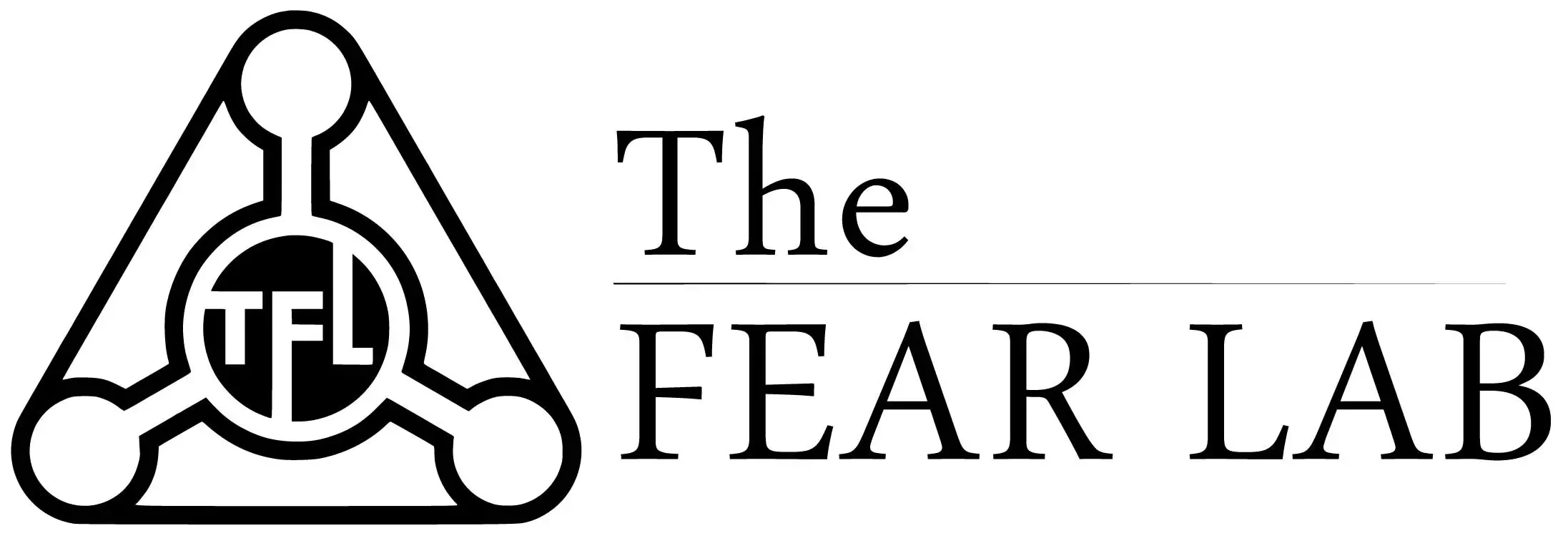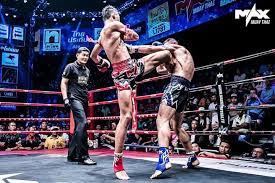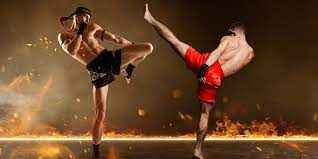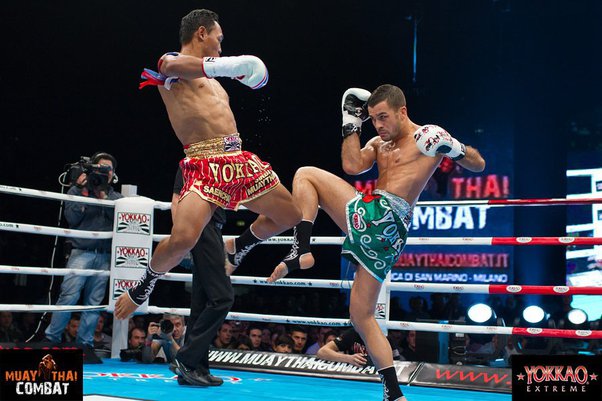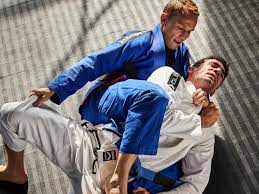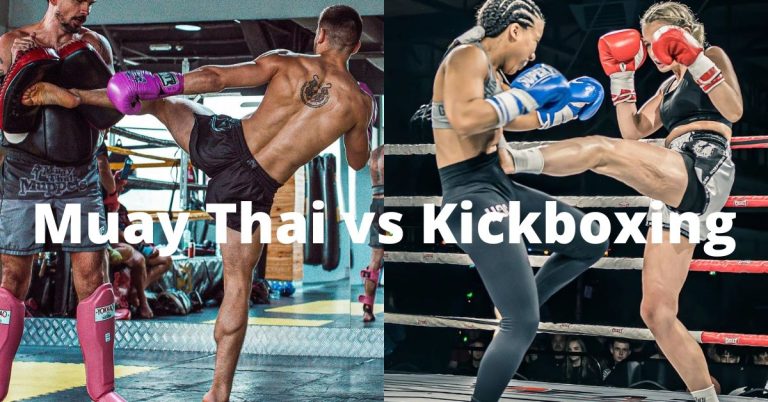Is Kickboxing and Muay Thai the Same?
Introduction:
When it comes to combat sports, kickboxing and Muay Thai often get grouped together due to their shared use of strikes and kicks. However, there are essential differences that set them apart. To understand the distinctions between kickboxing and Muay Thai, let’s delve into their origins, techniques, rules, and training methods.
Origins and History:
Kickboxing originated in the 1960s in Japan and the United States, combining elements of Karate, Western boxing, and Muay Thai. On the other hand, Muay Thai, also known as “The Art of Eight Limbs,” originated in Thailand and has a history spanning several centuries. It evolved from ancient battlefield techniques and became the national sport of Thailand.
Techniques in Kickboxing:
In kickboxing, fighters primarily use punches, kicks, and knee strikes. Punches involve using the fists to strike opponents, while kicks incorporate various leg strikes aimed at different targets. Knee strikes are powerful blows delivered using the knee joint.
Techniques in Muay Thai:
Muay Thai stands out with its wide range of striking techniques, including clinching, elbow strikes, knees, kicks, and punches. Clinching allows fighters to control their opponents by locking their necks and launching knee strikes. Elbow strikes are devastating close-range attacks that require precise technique and timing.
Rules and Regulations:
Kickboxing follows specific rules and regulations set by different governing bodies, emphasizing fair competition and fighter safety. Muay Thai, in its traditional form, allows the use of elbows and knees, and clinching is a crucial aspect of the sport.
Training Methods:
Kickboxing training focuses on improving cardiovascular fitness, agility, and technique through various drills and sparring sessions. Muay Thai training involves rigorous conditioning, emphasizing endurance, strength, flexibility, and mastering the complex combinations of strikes and clinching techniques.
Similarities Between Kickboxing and Muay Thai:
While kickboxing and Muay Thai have their unique characteristics, there are some similarities between them. Both sports require discipline, mental focus, physical conditioning, and a comprehensive understanding of striking techniques. Additionally, they offer excellent cardiovascular workouts and can help boost self-confidence and self-defense skills.
Differences Between Kickboxing and Muay Thai:
One significant difference between kickboxing and Muay Thai lies in the use of elbows and knees. Muay Thai allows the use of elbow strikes, which are prohibited in kickboxing. Additionally, clinching plays a more prominent role in Muay Thai, allowing fighters to control and strike their opponents effectively. The training methods also differ, with Muay Thai emphasizing a more holistic approach that includes clinch work and specialized conditioning.
Which One Should You Choose?
The choice between kickboxing and Muay Thai depends on your personal preferences, goals, and the training environment available to you. If you prefer a broader range of striking techniques and the inclusion of elbow strikes and clinching, Muay Thai may be the better choice. On the other hand, if you prefer a more streamlined striking style without elbow strikes and clinching, kickboxing might suit you best. Ultimately, both sports offer fantastic opportunities for physical fitness, self-defense, and personal growth.
Conclusion:
In conclusion, kickboxing and Muay Thai may share some similarities, but they are distinct martial arts with different origins, techniques, rules, and training methods. Kickboxing focuses on punches, kicks, and knee strikes, while Muay Thai incorporates a more comprehensive set of strikes, including elbows and clinching techniques. Choosing between kickboxing and Muay Thai depends on your preferences and goals as an individual.
